
Quentin Tarantino directs with a love letter to cinema in every frame. Drawing from grindhouse grit, sharp dialogue, and genre mashups, he built a style that’s unmistakably his. Blood, banter, and bravado—all stitched together into unforgettable storytelling. Here are the 10 films that define his legacy on screen.
“Reservoir Dogs” (1992)
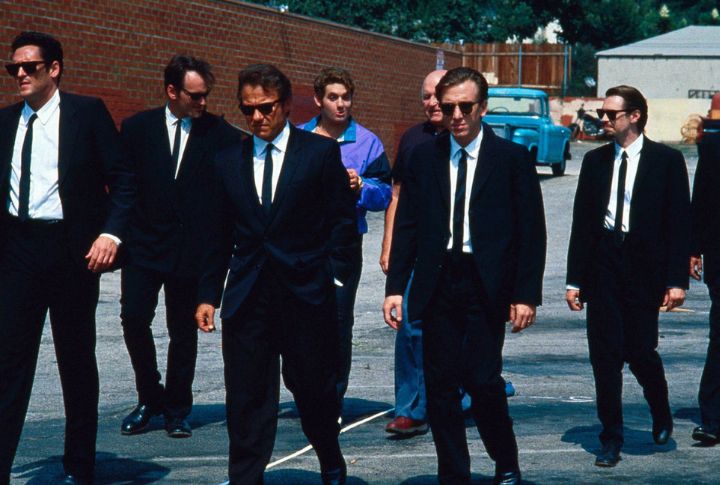
What happens when a crime film skips the actual crime? Tarantino’s debut, “Reservoir Dogs,” answered that question with sharp dialogue and simmering tension. It premiered at Sundance and played out largely in a warehouse and a diner. Steve Buscemi’s anti-tipping Mr. Pink also stood out, marking Tarantino’s explosive arrival on the scene.
“Jackie Brown” (1997)
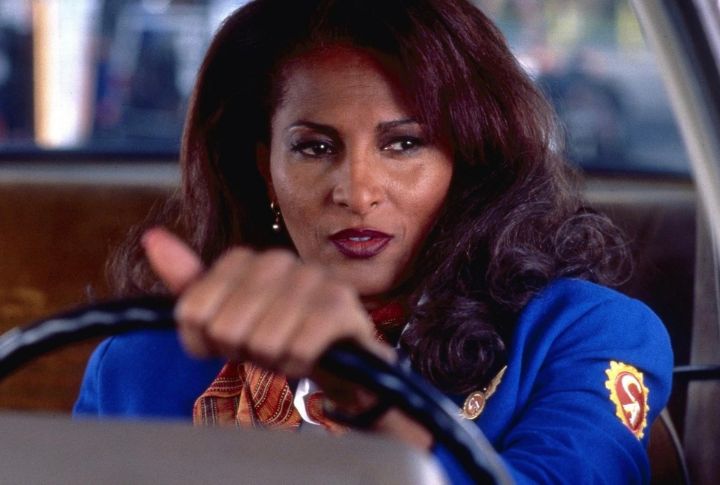
A flight attendant. Half a million in dirty cash. Everyone wants a cut—including the feds. “Jackie Brown” simmers with tension, following Pam Grier’s cool-as-ice scheme to outsmart a violent arms dealer and survive. Robert Forster plays the weary bail bondsman who just might fall for her—and maybe help her vanish.
“Once Upon A Time In Hollywood” (2019)
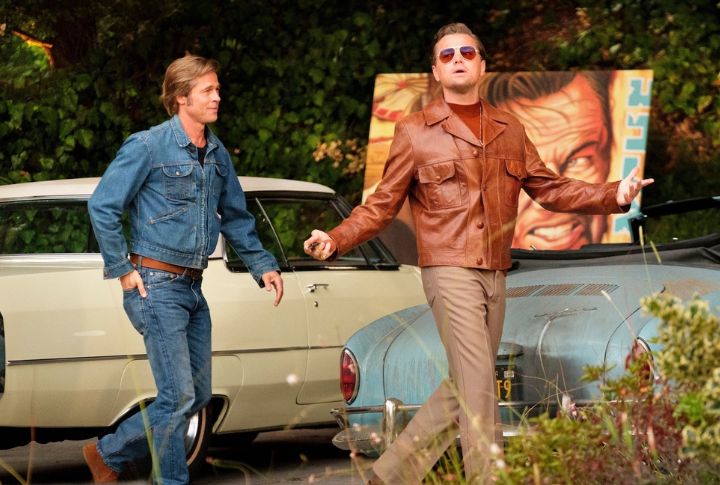
This movie takes place in 1969, just before the Manson murders terrified Los Angeles. Tarantino tells the story of a struggling actor and his stunt double trying to stay relevant as Hollywood changes. Alongside them is Sharon Tate, shown living her life peacefully, and representing hope. As for the flamethrower? Let’s just say it wasn’t only for laughs.
“Inglourious Basterds” (2009)
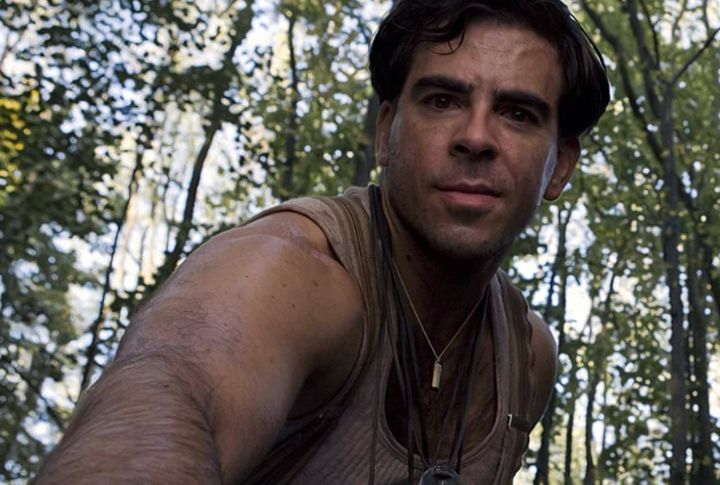
Tarantino’s “Inglourious Basterds” opens with a quiet dread that slowly coils. The film reshapes WWII into a pulpy, alternate history, where Christoph Waltz steals the show as Colonel Landa. His Oscar-winning performance, paired with an out-of-time Bowie track and the phrase “That’s a bingo,” keeps the film unforgettable.
“Kill Bill” (Vol. 1 & 2) (2003–2004)
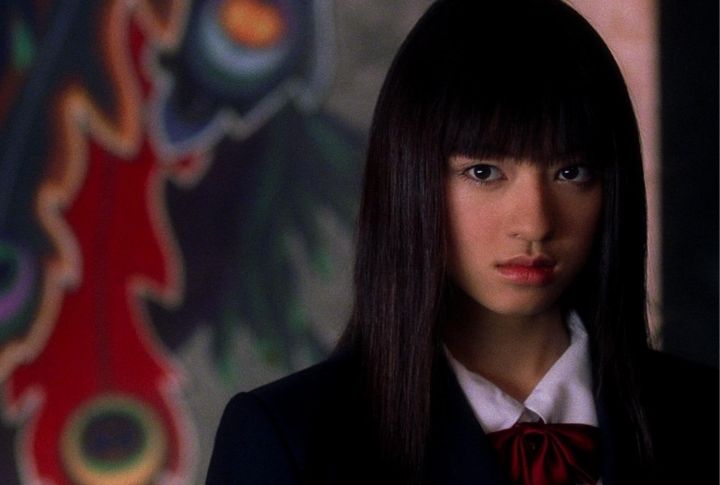
Think of “Kill Bill” as Tarantino’s wild double feature. The first volume? Pure adrenaline—swords, samurai, and stylish mayhem. The second? Slower, sadder, and strangely tender. Uma Thurman’s Bride slices through enemies and emotions alike, becoming more than just a warrior—she becomes a legend with a soul.
“Pulp Fiction” (1994)
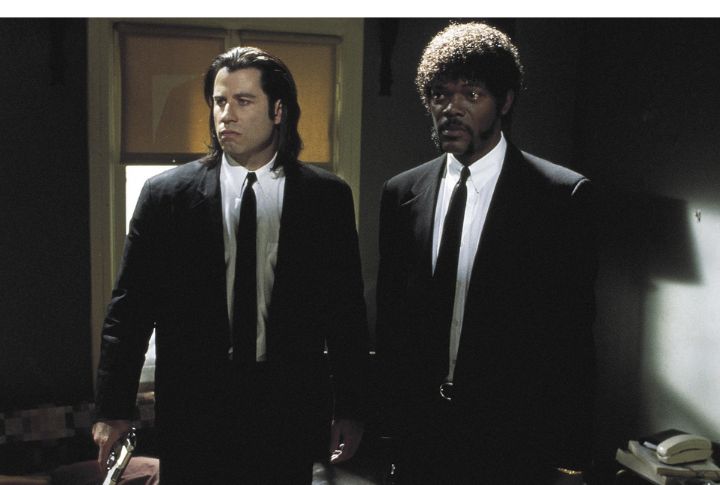
“Pulp Fiction” made nonlinear storytelling feel electric. Its intersecting scenes from a tense diner holdup to a glowing briefcase are truly iconic. The film even took home the Palme d’Or at Cannes and gave Samuel L. Jackson a monologue that still pulses through pop culture today.
“The Man From Hollywood,” (1995)
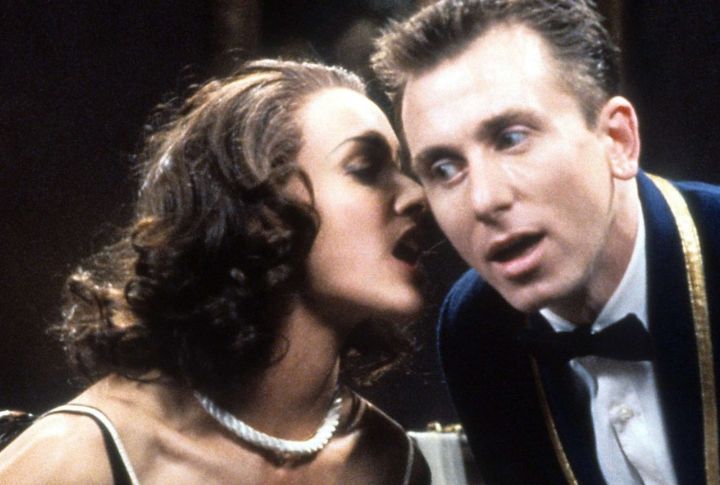
Tarantino wraps up “Four Rooms” with “The Man from Hollywood,” a tense, talk-heavy segment where he plays a flashy movie star who bets a man he can’t light his lighter ten times in a row—or lose a finger. It’s wild, a little ridiculous, and all seen through the eyes of Tim Roth’s jittery bellhop.
“Django Unchained” (2012)
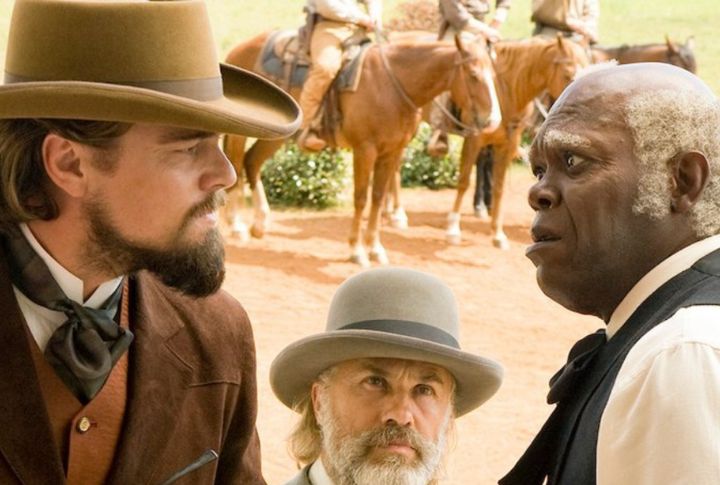
Forget your typical Western cinema — “Django Unchained” kicks open the saloon doors and drags slavery-era brutality into full view. Tarantino’s revenge-driven script didn’t hold back, and the Academy took notice with an Oscar. DiCaprio literally bled for the scene, and yep, that was Jamie Foxx’s own horse galloping through the chaos.
“The Hateful Eight” (2015)

A bitterly cold Western where the storm outside is no match for the tension inside. With distrust hanging thick in the air, this 70mm mystery channels Agatha Christie through a blood-soaked lens. Ennio Morricone’s haunting score and Tarantino’s patient pacing build toward an inevitable, brutal release.
“Death Proof” (2007)
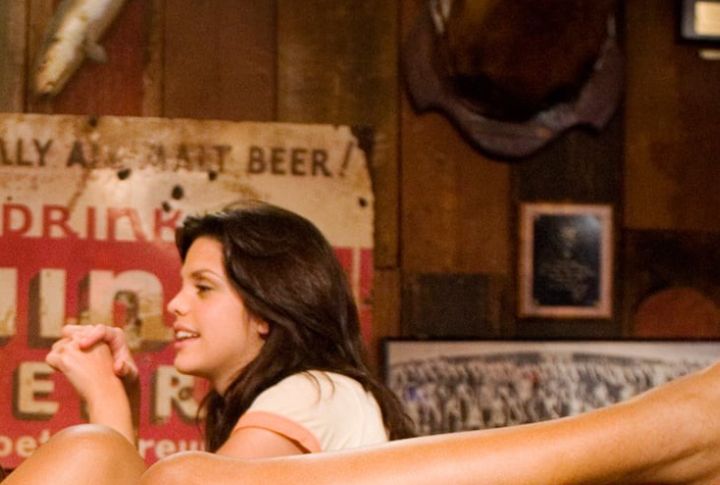
“Death Proof” unfolds in two acts, both centered on a deranged stuntman who turns car chases into violence. Inspired by ‘70s B-movies, the film embraces rough edges and real risk. Even Zoe Bell, cast as herself, grounds the final showdown in raw action that feels earned, not choreographed.
